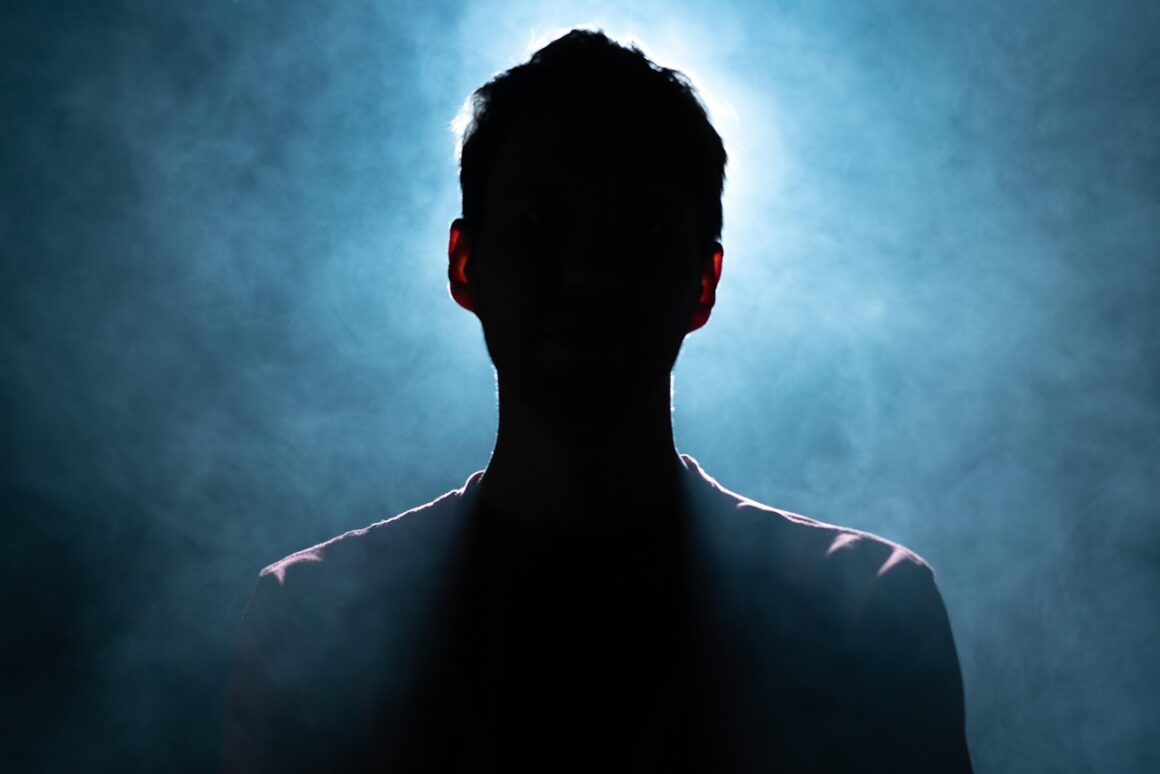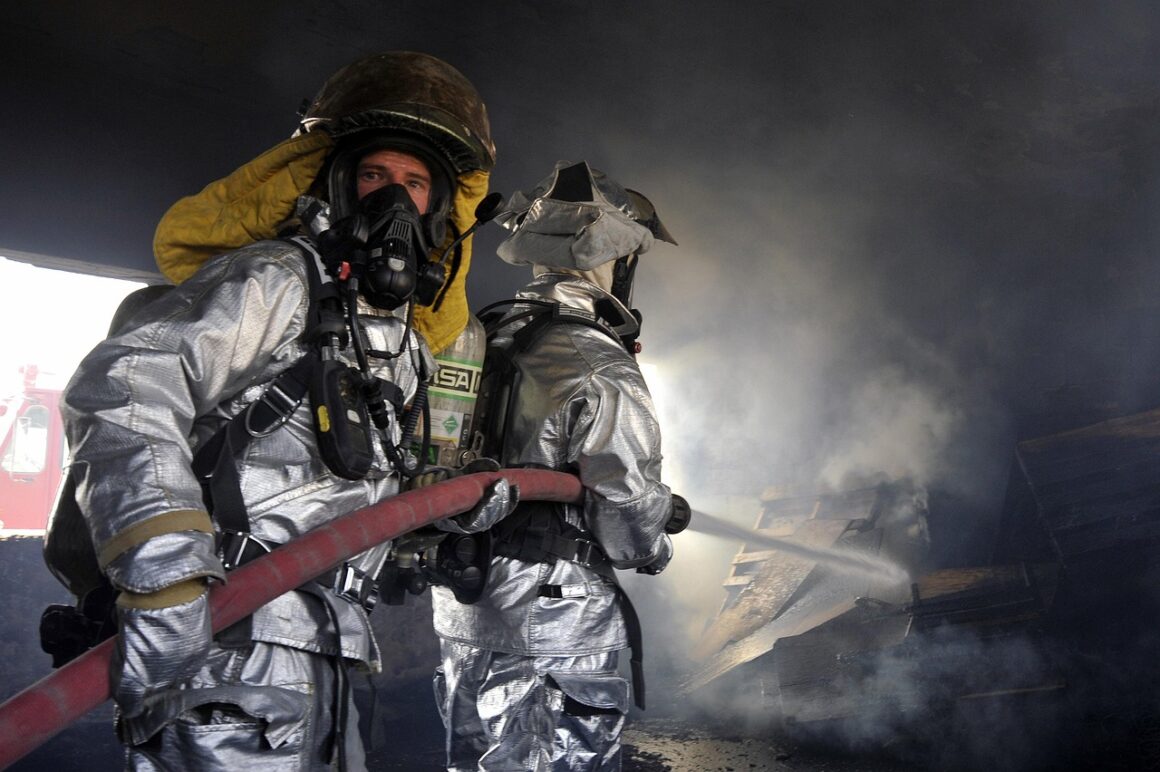Women are making major advances in the fields of science, technology, engineering, arts and math, famously referred to as STEAM. Just this week, Katie Bouman, an MIT graduate and computer scientist, is being recognized as the face of the black hole project.
For years scientists have theorized about black holes and their specific structure. Numerous sketches and diagrams were made based off of hypotheses of scientists around the world. Of course, more historical evidence from early astronomers like, Copernicus and Galileo, also drove a lot of speculation on what exactly black holes are and how they occur. However, without an image, nobody could be completely sure. Fast forward to April of 2016, where Harvard University erected the Black Hole Institute (BHI), the first of its kind in history. Finally, scientists could come together with their opinions on black holes and, eventually, a way to capture one.
The project, led by Sheperd Doeleman, was named the Event Horizon Telescope Collaboration (EHT). It took more than 200 researchers worldwide, 40 of which were women. To capture the image, scientists used eight radio telescopes located around the world to study the galaxy. Through this, they painstakingly mapped out the location of the black hole and other related planetary bodies. Through the EHT, the telescopes tremendously influenced the organization and collaboration of the hundreds of researchers involved. It took tons of data and information to map out the exact location, but they found it sitting 500 million trillion kilometers away from Earth.
Katie Bouman, along with many others, put together the crucial algorithms that helped the with the imaging process. Although hers was not the main one used in the actual photograph capture, it still provided insight on the task at hand. “One of the insights Katie brought to our imaging group is that there are natural images,” said Vincent Fish, a research scientist at MIT’s Haystack Observatory. “Just think about the photos you take with your camera phone — they have certain properties. … If you know what one pixel is, you have a good guess as to what the pixel is next to it.”
Bouman also added that, “No one of us could’ve done it alone. It came together because of lots of different people from many backgrounds.” Finally, at 0900, on April 10th, the first picture of the black hole was released to the public.
https://www.instagram.com/p/BwFj-qGBnyV/?utm_source=ig_embed&utm_medium=loading
It was named Powhei— a Hawaiian phrase meaning an “embellished dark source of unending creation.” Of course, a finding like this made deep ripples in the science community. Not only have we got an image of a Powhei, but we now have a basis of further study for astronomers concentrated on black holes. And in terms of the structures of black holes, we no longer have to theorize; we have evidence. This project shows that together, with people from every kind of background, amazing things can be done. Without the help of Katie Bouman and many other diverse scientists and researchers, this outstanding discovery would have never been possible.
Photo: Event Horizon Telescope




